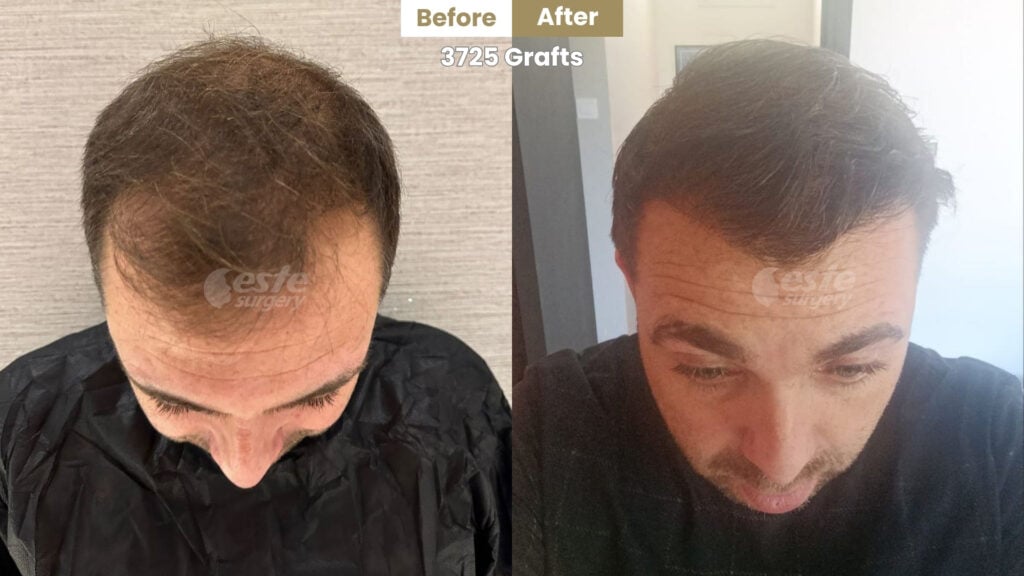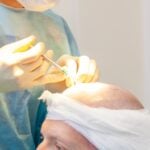If you’re reading this, you’ve probably considered taking action to address your hair loss. Perhaps you’ve tried different shampoos, changed your haircut, or simply tolerated the discomfort. You’ve reached the point where a hair transplant appears to be a viable option—and this is not a decision to be taken lightly.
We know how overwhelming it may be. There is a deluge of information out there, and it’s difficult to determine what’s important and what’s simply noise. That’s why we created this guide to explain what a hair transplant is, what to expect, and how we approach the entire process
What is a Hair Transplant?
A hair transplant is a medical operation that relocates healthy hair follicles from one place of the scalp to another where hair has thinned or ceased growing. The results are long-lasting and natural-looking since the transplanted follicles grow alongside the rest of your hair.
There are several approaches available. We most commonly utilize FUE (Follicular Unit Extraction) and DHI (Direct Hair Implantation). Each method has advantages, and during your appointment, we’ll help you determine which one is ideal for you.

Who Is a Good Candidate?
There is no one-size-fits-all approach to hair loss. We have worked with clients of various ages, hair types, and backgrounds. Some people are only beginning to notice a receding hairline. Others have been battling with hair loss for several years. What really counts is whether you have strong donor hair and realistic expectations.
If we believe a transplant is not the best option for you, we will tell you so. Other treatments may be more suited at times—and we will always be honest with you.
What happens during the procedure?
The day begins with a last consultation and a brief summary of your plans. The extraction process begins after we numb the scalp with local anesthetic. This step can take many hours, depending on how many grafts are required. You’ll stay awake and calm the entire time.
Once the follicles are ready, we carefully insert them in the desired location. We pay special attention to density, direction, and hairline form during the placement procedure because we don’t simply want to give you hair; we want it to seem natural.
What about recovery?
Most patients are astonished at how easy recuperation is. You may experience some swelling or light scabbing for a few days, but there is rarely any severe pain. You can normally return to work or your normal routine within a few days.
We provide you with full aftercare instructions and check in with you on a frequent basis. Hair growth takes time, but by the third or fourth month, you’ll notice changes. Full benefits are usually seen after 9 to 12 months.
Is it worth it?
That’s the big question—one that only you can answer. But we can assure you that most of our patients wish they had done it sooner. The boost in confidence, the feeling of being oneself again, and the simple delight of not having to care about your hair—it all matters.
A hair transplant is not about vanity. It’s about restoring something meaningful to you. And when done correctly, it can make a significant difference in your daily life.


